Overview
Map
Other Details
كنيسة مارت شموني
Hadchit
Bcharre
North
كنيسة مارت شموني - وادي حولات حدشيتيُشَكِّل وادي حولات، جزءًا من وادي قاديشا.بنيت كنيسة مارت شموني داخل تجويفٍ صخري، أواخر القرن الثاني عشر. تتألف من ثلاثة أسواق، إثنان أساسيّان مبنيان من الحجر والثالث محفور في الصَخر. كانت حتى ثمانينيّات القرن الماضي مَكسّوة بجداريات سريانيّة تعود للقرن الثالث عشر وتتشابه مع نظيراتها في بحديدات. على أبوابها نقوش مسيحانيّة ومريميّة.The Church of Mart Shemouny- the valley of Houlat HadshytThe valley of Houlat is a part of the Qadisha valley. The church of Mart Shemouny was built in a rocky cliff, at the end of the XIIth century. It consists of three aisles: the two main ones are built with stone masonry, and the third is carved into the stone. Up until the 80’s the church was entirely covered by frescoes similar to those in Behdeidat. On the door are still visible Christological and Marial insignia.
Visited 2174 times, 2 Visits today



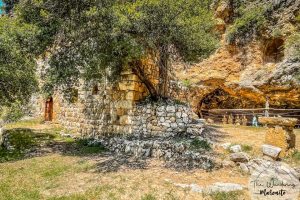
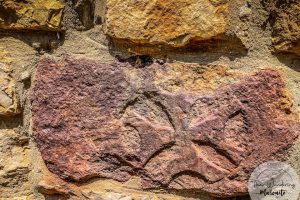
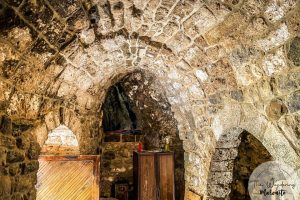
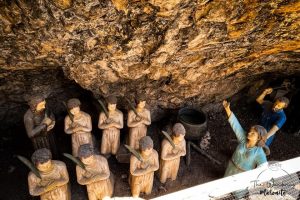












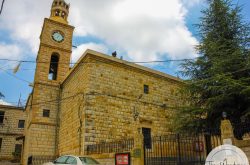
Reviews are disabled, but trackbacks and pingbacks are open.